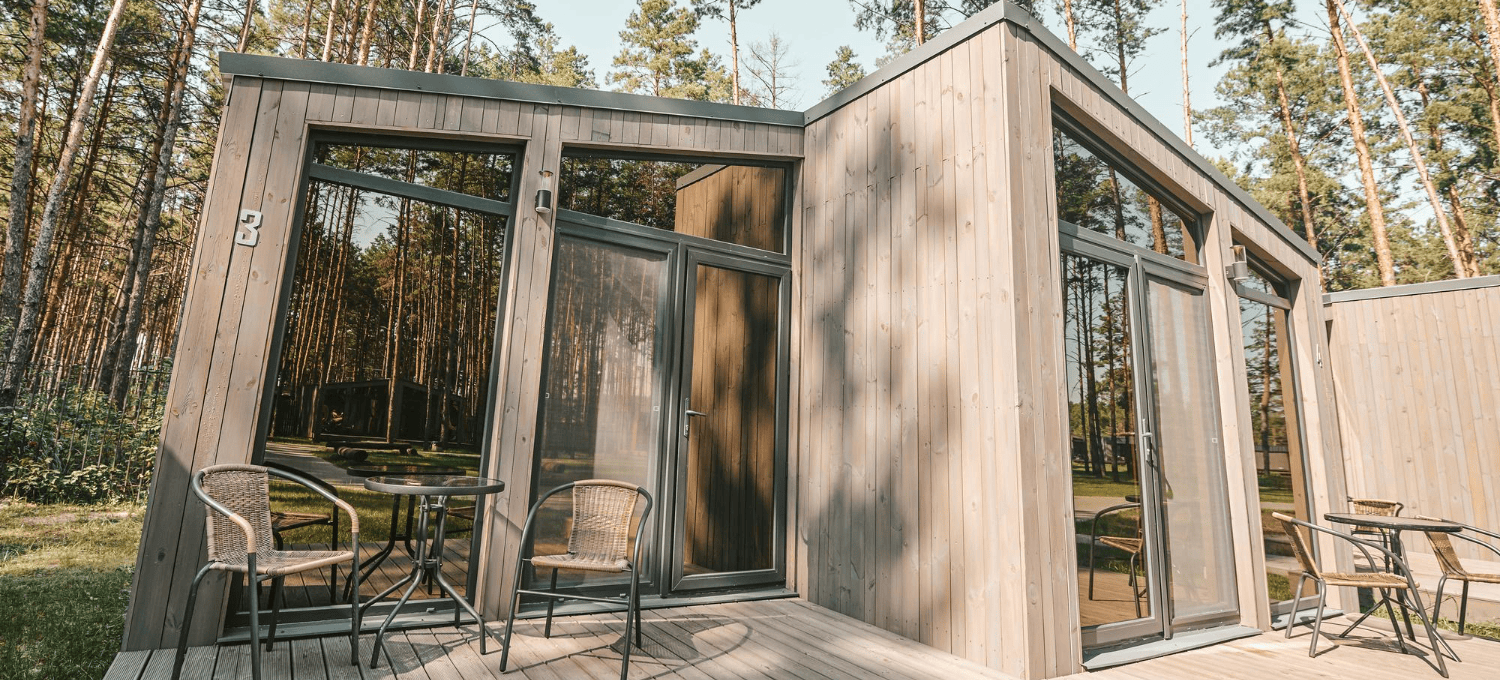You can edit text on your website by double clicking on a text box on your website. Alternatively, when you select a text box a settings menu will appear. your website by double clicking on a text box on your website. Alternatively, when you select a text box.

What Are ADUs?
Types of ADUs
| Attached ADUs | Share a wall with the main house. |
| Detached ADUs | Standalone structures. |
| Garage Conversions | Transform garages into living spaces. |
| Junior ADUs (JADUs) | Small units, typically under 500 sq. ft., within the main house. |
2025 Zoning Changes Overview
- Reduced setbacks
- Increased height limits
- Streamlined permit review
- Clarified parking requirements
Setback Adjustments
Front, side, and rear setbacks have been reduced. Homeowners can now build closer to lot boundaries, maximizing usable space. Detached ADUs benefit most from these adjustments.
Height Regulations
Height limits have increased for certain zones. Detached ADUs may now reach two stories in specific residential areas. Homeowners should consult local zoning maps for exact figures.
Parking Requirements
Parking mandates have been relaxed. In most cases, on-site parking is no longer required for ADUs under 750 sq. ft. Proximity to public transit can further reduce parking obligations.
Permitting Process
Compliance Considerations
- Fire Safety: Smoke alarms, fire-rated materials
- Utilities: Proper connections for water, gas, and electricity
- Accessibility: Minimum ADA standards may apply in certain cases
Environmental Impact
San Diego encourages eco-friendly designs. Solar panels, rainwater harvesting, and energy-efficient insulation are highly recommended.
Common Mistakes to Avoid
- Skipping preliminary reviews
- Misunderstanding setback rules
- Ignoring height and floor area limits
- Overlooking parking exemptions
Mitigation Tips
- Schedule early consultations with city planners
- Review zoning codes thoroughly
- Use licensed architects and contractors
- Keep detailed records of submissions and approvals
Financing ADUs
- Home equity loans
- Renovation mortgages
- Private financing
FAQs
Wrapping up
San Diego’s 2025 ADU zoning regulations offer flexibility while maintaining neighborhood integrity. Staying informed and compliant ensures your ADU project is smooth and profitable. Proper planning, thorough documentation, and adherence to zoning laws are key to success.

